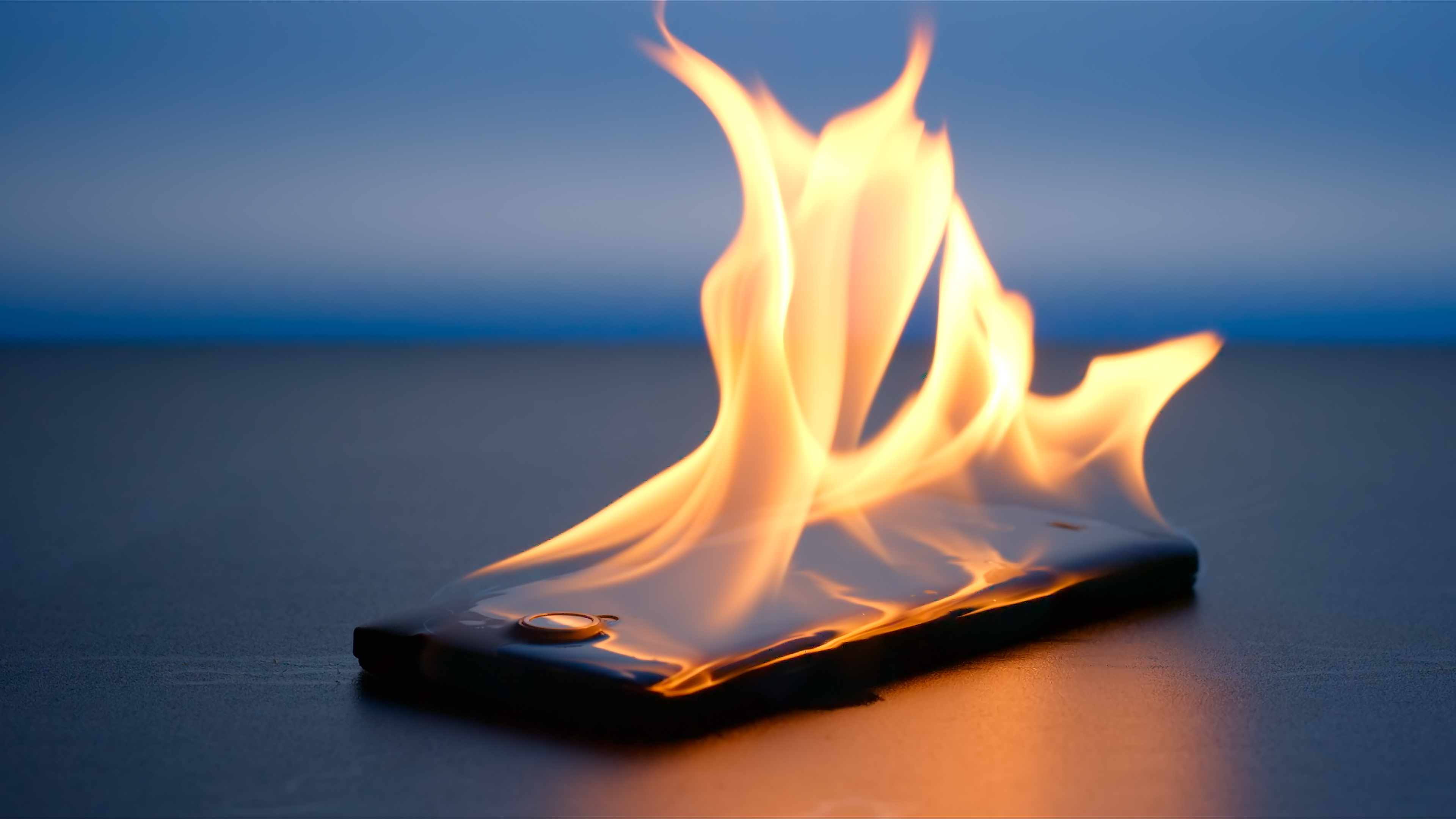Samsung Eats Horsemeat on the Titanic with Captain Kirk
Highlighting potential procurement lessons from the latest supply chain crisis for Samsung – the Galaxy Note 7.
This article was written by Daniel Ball, Director at Wax Digital.
The Samsung Galaxy Note 7 spent just two and a half months on the market before it was recalled amidst a crisis badly affecting its share price, not to mention its brand image.
The device was quickly taken off the market after some models of the phone exploded and went on fire. It was found that overheating lithium ion batteries were to blame.
Some analysts have been quick to consider how a respectable brand like Samsung, which surely has a sound manufacturing process and supply chain, has come to retailing a product that turns out to be dangerous.
Many have put the blip down to Samsung’s competition with rival Apple. The battery of the Galaxy Note 7 is bigger and has a higher energy density than Apple’s iPhone 7 Plus. This suggests that Samsung has tightly crammed in more components.
Has Samsung’s desire to trump Apple seen it rush a product to the market without properly addressing the true capability of its battery technology?
It’s also been argued that the mobile sector’s demands are pushing battery technology to and in some cases beyond, its limits. It’s not the first time this technology has literally flared up (remember the hoverboards last Christmas?).
Race to Beat the Competition
The situation raises a key question that applies to any competitive marketplace.
At what point does the race to release new products and beat the competition, or simply deliver a competitively priced product to tight margins, become more important than ensuring your supply chain is not taking risks? Where is the line drawn in adding components into the product that could ultimately harm the very people you are trying to win over (your customers)?
It’s what I call ‘the Titanic effect’. In a bid to make the infamous boat lighter and faster in the race to cross the Atlantic, all sorts of risks were taken. And it was the customer who paid the ultimate price.
While not all risks involved are supply chain related you have to ask the question “what was procurement’s role in all of this?”
Are customer and business demands properly mapped onto supply chain capabilities? Are supplier checks rigorous enough to ensure they can do the job we need them to do safely and securely?
Or is procurement like poor Mr Scott in Star Trek, constantly at the mercy of his boss, Captain Kirk, wanting him to flog the warp engines again even though he keeps telling him “they cannae take much more”.
At the bottom line, visibility of who is in your supply chain and how they are operating has reared its head once again. It raises the point that procurement needs to play an increased role in the decisions of the business to ensure the rules of demand and supply are effectively balanced.
